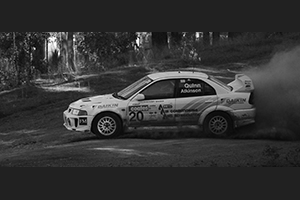 Rally racing has always enjoyed popularity in Japan and with the World Rally Championships returning to Japan for the fifth time, that trend is not likely to end anytime soon.
Rally racing has always enjoyed popularity in Japan and with the World Rally Championships returning to Japan for the fifth time, that trend is not likely to end anytime soon.
Raced for the last three years in and around Obihiro, the race moves closer to Sapporo this year and will feature narrow forest roads with long, sweeping stages. The move has been made in an effort to attract more spectators and the new centerpiece of the 2008 event will be the “Superspecial” inside the 42,000 – seat Sapporo Dome. The superspecial stage will include a tunnel, a jump and for the first time ever on an indoor track, two cars competing head to head. Organizers are hoping that the covered stadium will attract visitors that have stayed away in the past due to weather concerns.
Japanese manufacturers have enjoyed a tremendous amount of success on the world rally stage with many wins by in the past by Mitsubishi and strong showings this year from both Suzuki and Subaru.
The Rally in Japan is the fourteenth of fifteen races and should factor largely in the final driver standings and manufactures points as well. This years move to the Sapporo area will almost certainly allow fans, both newcomers and veterans alike, an exciting opportunity to catch a rally up close. The rally takes place October 31 through November 2, Sapporo Dome (20 minutes from Sapporo Station), Hokkaido, web: www.rallyjapan.jp/e/
Start Your Engines!
F-1 racing comes to Japan again this year and the Japan Grand Prix will take place once again at the Fuji Speedway. This marks the second year that racing takes place at the Fuji Speedway; the race had been held at the Suzuka circuit for years, but thanks to a major redevelopment completed in 2005, Fuji Speedway has been awarded the race since 2007.
So far in 2008, racing has been close with a quintet of drivers leading the pack with just twelve points separating them mid-season. Leading the way are British sophmore sensation Lewis Hamilton, Brazilian Felipe Massa and Finn Kimi Raikkonen who were dead even halfway through the season. The point totals at the end of the British Grand Prix, halfway through the season, were the closest they have ever been in the history of FI racing with the three tied for the lead with Robert Kubica only 2 back.
Adapting to new rule changes that imposed a freeze on engine development, aerodynamic performance has become the focus of almost all teams looking for an edge in the races this year. Among rule changes are the elimination of traction control, launch control and other electronic aids including engine braking. Engine fuel has had the percentage of biological components raised in order to comply with European fuel regulations and unscheduled engine and gearbox changes are penalized by grid place penalties. As for the tires, Bridgestone has been named the official tire supplier through the 2010 season. The amount of miles a team is allowed to use for testing has also been restricted to 18, 641 miles allowed for testing in the 2008 calendar year.
The F-1 Grand Prix series consists of 18 races with drivers competing for individual driver points, team points and constructor points at each race.
There have been some venue changes as well with Singapore being awarded a Grand Prix through the next five years. The addition of Singapore will have the added bonus of being a night race, a first in F1 history. The European Grand Prix will take place on the Valencia Street Circuit as opposed to the Nurburgring and The Indianapolis Motor Speedway will not hold a Grand Prix event in 2008.
As this is the third-last race of the Formula 1 season, the Japan race has seen many championships decided on its circuit and this year is shaping up to be one of the most exciting F1 seasons ever.
Practice and qualifying on October 10 and 11 with racing scheduled on October 12, Fuji Speedway, www.fsw.tv/english/
Story by James Souilliere
From J SELECT Magazine, October 2008







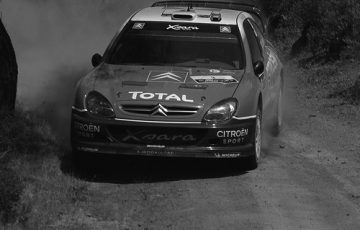
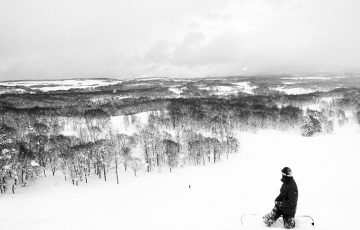
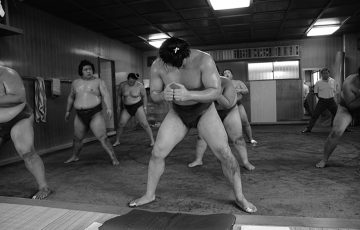


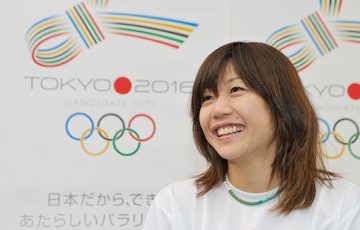


Recent Comments